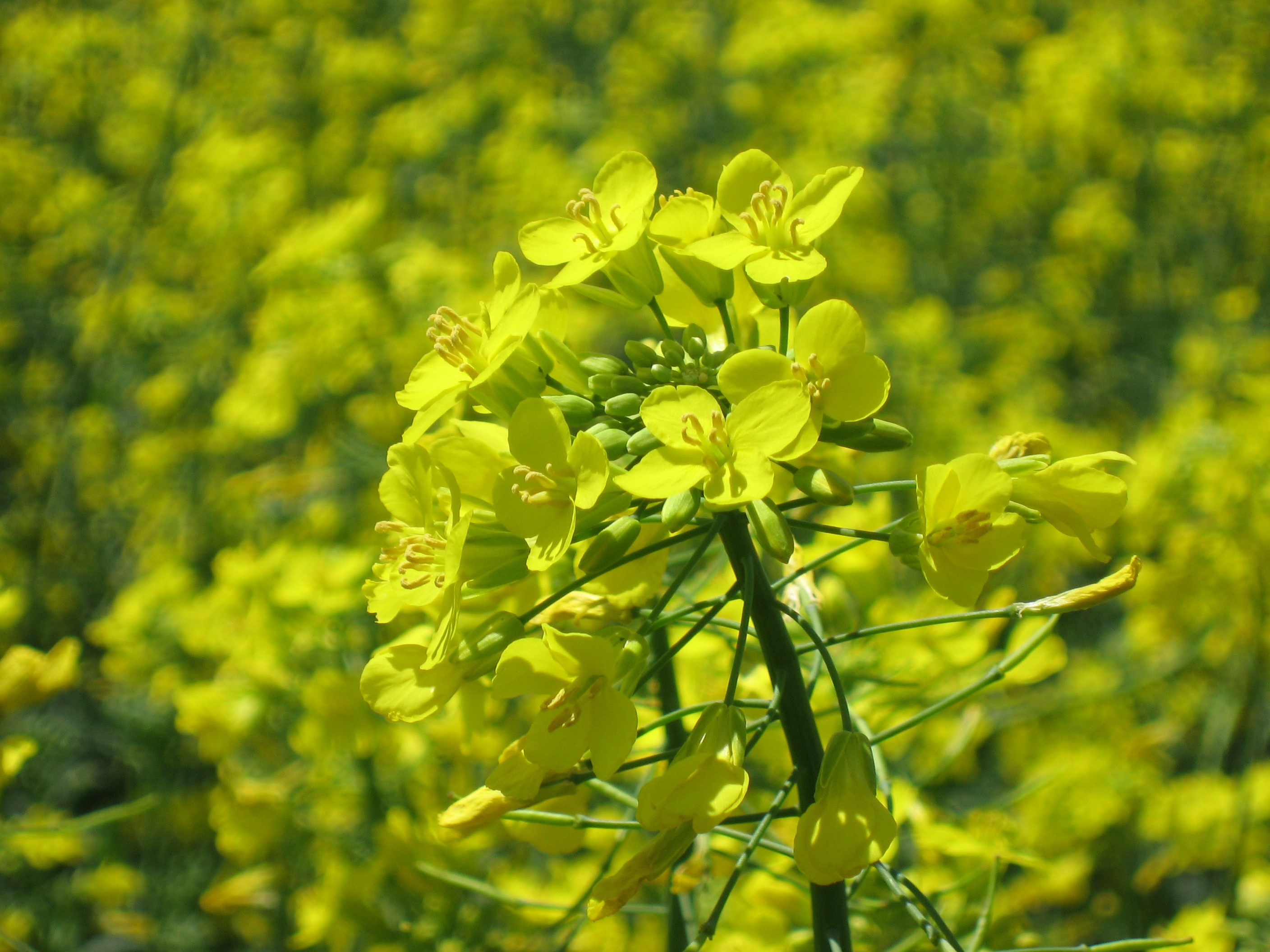
Agricultural News
2011 Canola Crop Looking Good- Despite Dry Conditions in Many Locales
Mon, 07 Mar 2011 20:22:09 CST
 Oklahoma State University will be hosting 15 winter canola field tours across Oklahoma on April 11th-14th (please see other attachment for complete flyer). We'll spend about an hour to an hour and a half at each one of these stops to discuss pest control, varieties, fertility, harvesting options, and marketing. On April 28th OSU will host its Annual Winter Canola Field Day at the OSU North Central Research Station near Lahoma, OK. The field day will start in the morning and end with a provided lunch. The field day will consist of more detailed information presented than the previous field tours. We have already set the date for the 7th Annual Winter Canola Conference for July 19th at the Hoover Building in Enid and this year we will also have a very similar conference at Cameron University (Ballroom in Student Union) in Lawton on July 20th. All meetings listed above are free of charge.
Oklahoma State University will be hosting 15 winter canola field tours across Oklahoma on April 11th-14th (please see other attachment for complete flyer). We'll spend about an hour to an hour and a half at each one of these stops to discuss pest control, varieties, fertility, harvesting options, and marketing. On April 28th OSU will host its Annual Winter Canola Field Day at the OSU North Central Research Station near Lahoma, OK. The field day will start in the morning and end with a provided lunch. The field day will consist of more detailed information presented than the previous field tours. We have already set the date for the 7th Annual Winter Canola Conference for July 19th at the Hoover Building in Enid and this year we will also have a very similar conference at Cameron University (Ballroom in Student Union) in Lawton on July 20th. All meetings listed above are free of charge.
The winter canola crop this year is really doing well in Oklahoma. Despite some adverse soil moisture conditions at planting, continued drought in some parts of the state this fall and winter, and subzero temperature cold snaps the vast majority of the canola acreage is still looking very promising. Southwest Oklahoma is still dry in most places, Northwest Oklahoma is mostly still dry, and throughout central Oklahoma is close to normal soil moisture. Most farmers have finished up topdressing their canola which is good to do before "spring green-up". Canola farmers need to be out scouting their fields very closely this time of year for insects (army cutworms, diamond back moth larva and aphids are the main three) and weeds. Herbicides must be applied before the canola starts to bolt, which generally occurs during mid to late March.
Most canola fields that had an insecticide applied last fall took care of most of their worm problems. A majority of the diamondback moth larva and army cutworms infest canola fields during late fall. Cutworms often go unnoticed until spring as they become large enough to see feeding on the leaves above ground. But they still can cause crop damage as they feed on the roots during late fall and throughout winter. During this time frame they generally stay in the soil and are very small but can sever the canola root just below the soil surface and kill the plant. I found cutworms across Oklahoma last winter and I am still finding some this spring in fields that didn't receive an insecticide last fall.
If further applications of insecticide are needed for aphid control after bolting occurs don't rule out using a ground applicator. Although some plants will be injured by the tire tracts the amount of insect control is generally better than an aerial application due to the greater spray volume. Adequate insect control can still be achieved by an aerial applicator as long as they use at least 5 gallons per acre spray volume and fly wingtip to wingtip with no gaps. Historically we have found that insect control is much more critical in drought years and is typically economical.
As we get closer to harvest time the canola farmers need to start thinking about their harvest plan. There are multiple harvest aid options they can choose from. They can swath, push or desiccate the crop to assist in a timely harvest to avoid shattering. While direct harvesting is often less desirable due to risk of shattering, it can be a satisfactory method if the canola is harvested in a timely manner to avoid wind and hail storms. If the canola crop has uneven maturity across the field than I would definitely suggest using one of the previously stated harvest aid options. Uneven maturity is often created when there was uneven emergence after planting or when uneven field conditions occur (wet and dry spots).
Our thanks to Josh Bushong- extension Canola Specialist for Oklahoma State University for this overview of the Canola Crop as of early March.
WebReadyTM Powered by WireReady® NSI
Top Agricultural News
More Headlines...




















